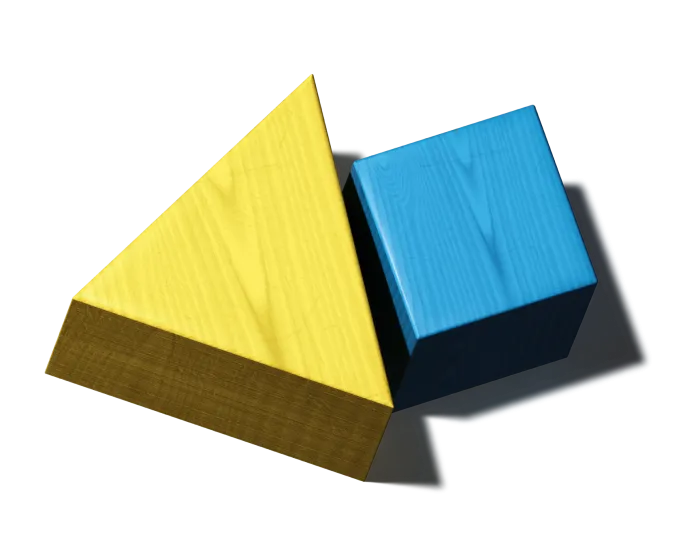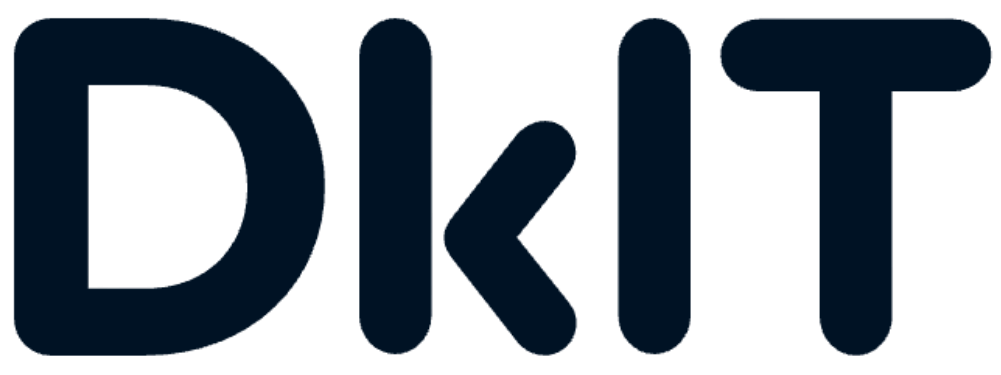From fragmented systems to a unified digital hub: DkIT.ie’s new look

Drupal Development
Content design
Dundalk Institute of Technology's fragmented digital presence was transformed into a sleek, unified website that’s dynamic, user-friendly and built for the future.
One Institute. Many different websites. At least three different CMSs. How do you go about amalgamating these to create one streamlined journey for very different users?
By using a flexible content architecture that unifies multiple systems into one scalable platform, with two particularly impactful elements:
- Single sign-on with Active Directory and staff profile integration
- A “create once, use many times” dynamic content system.
Background
Dundalk Institute of Technology (DkIT) serves as a regional hub for higher education, with a diverse user base, ranging from prospective students and their parents to industry professionals, current students and faculty members.
DkIT needed a new website designed and built, plus ongoing website support and maintenance services.
Challenges
As with many higher education institutes, DkIT’s digital landscape had grown organically over time across a number of different content management platforms.
The older website was running on MODX, some legacy elements were still on an older version of Drupal, and other related organisations under their umbrella (like research groups) were spread across WordPress and other solutions. The DkIT website needed its design refreshed, while allowing for the possibility of incorporating satellite websites into the structure of the main website.
While the MODX site remained functional, it also created significant challenges for DkIT in how legacy content could be structured. This often resulted in single user journeys being convoluted and spread across many sections of the website incoherently. In an industry where clarity reigns, this created a barrier for providing accurate, up to date information to prospective students.
As with many implementations that have been in place for an extended amount of time, the existing solution contained many context specific features that had been added over time, and which needed to be considered carefully in the new solution to ensure no important functionality was lost.
To ensure clarity, engagement and accessibility, the web development team sought to balance informational depth with streamlined navigation across the site.
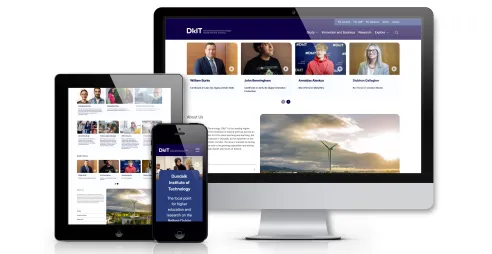
Solutions
UX strategy
Before the design process started, journeys were identified for key users:
- Schools (prospective students),
- staff and
- current students.
The goal was to make it as easy as possible for these users to navigate through the site to find the information they were looking for. To facilitate this, a robust Discovery and UX phase was undertaken, which encompassed:
- Information architecture
- Wire frames
- UX designs
1. Information architecture
A blueprint for the new site was pinned down. The site contained a lot of information, and this needed to be presented in a way that wouldn’t overwhelm the users but also make sure that the site was scannable and well-planned.
The information architecture was carefully curated to remove surplus and stale content, and include some new content identified as valuable in research stages.

The core focus of this collaborative project between DkIT and Annertech was to improve the information architecture and user experience of the website to help deliver our staff, students and stakeholders a seamless user experience. The Annertech team were brilliant to work with and demonstrated an exceptional level of expertise and professionalism, pushing the boundaries of what was possible with our website.
2. Wireframes
Key areas of the website and user journeys were mapped to detailed wireframes, exposing any weaknesses in the user journeys. Key user journeys were planned, ensuring that the flow and level of information was clear to users.
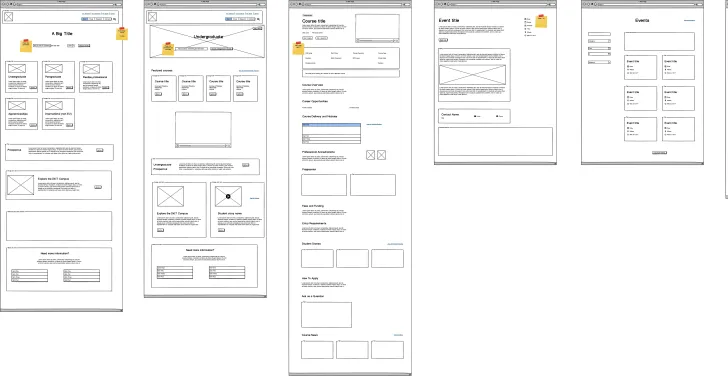
3. UX designs
The new DkIT branding was expanded on, and the site was given a fresh look and feel.
The new information architecture also helped inform the migration of content - what would be migrated and rewritten, and needed to be designed accordingly.
Design strategy
Branding
The design drew heavily from the logo, in particular the D from DkIT, which was used across menu navigation design, image housing and tile items.
The clear top level menu ensures all impact areas are front and centre, making it easy for a range of visitors to immediately locate relevant content.
Focused calls to action
Prominent “Find a Course” and “Download our prospectus” buttons are strategically placed to guide visitors toward meaningful next steps, while allowing flexibility to change these throughout the year depending on the current priority.
Courses
The most challenging section to design was the courses section, where clarity of information plays a key role in prospective students' decision-making process. Predefined colours were used to help users identify each of the different schools, and a simple, clean layout allows DkIT to display lots of information with no clutter.

Visual and UX elements
- Balanced layout: The site employs a clean, uncluttered layout with ample whitespace and consistent fonts and colours, contributing to a modern and approachable aesthetic. 
- Vibrant imagery: High-resolution, relevant images across study categories and news help reinforce the stories and services being offered, enhancing both clarity and emotional appeal.
- Branding: The logo identity was used prominently throughout the site. The most prominent usage is for images, where the Letter D has been used for image holders, which can be seen below on the Undergraduate Open Evening 2024 event page.
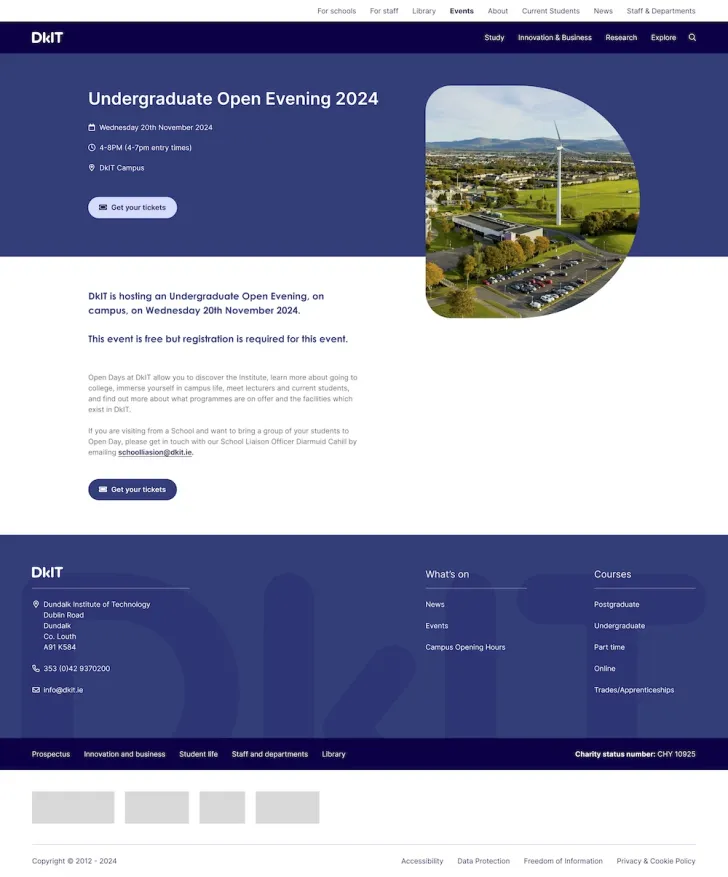

Tech features
Content migration
With the existing solution living on MODX, and other satellite sites on a mix of other content management systems, a comprehensive content migration was undertaken, incorporating a mix of manual and automated migration efforts.
Close collaboration was required to ensure consistent content (like news or events) could be migrated in parallel with new custom content being manually added.
Single sign-on
As with many other educational institutes, the breadth of internal users who rely on the backend of the site daily was vast.
To facilitate seamless access for these users without manual overhead from the institute’s IT team, a direct single sign-on (SSO) integration with Active Directory was completed.
This allows staff members’ access to the site to be based on existing groupings within Active Directory without manual intervention.
Staff profiles
As an extension of this, the integration works closely with the institute’s staff information system to create profiles on members of staff such as their role, school, department, involvement in research and associations with any media to give current and prospective students a fully transparent view of the staff.
The data from the integration is displayed on public staff listing, allowing users to search for staff members based on the criteria that makes sense for them.
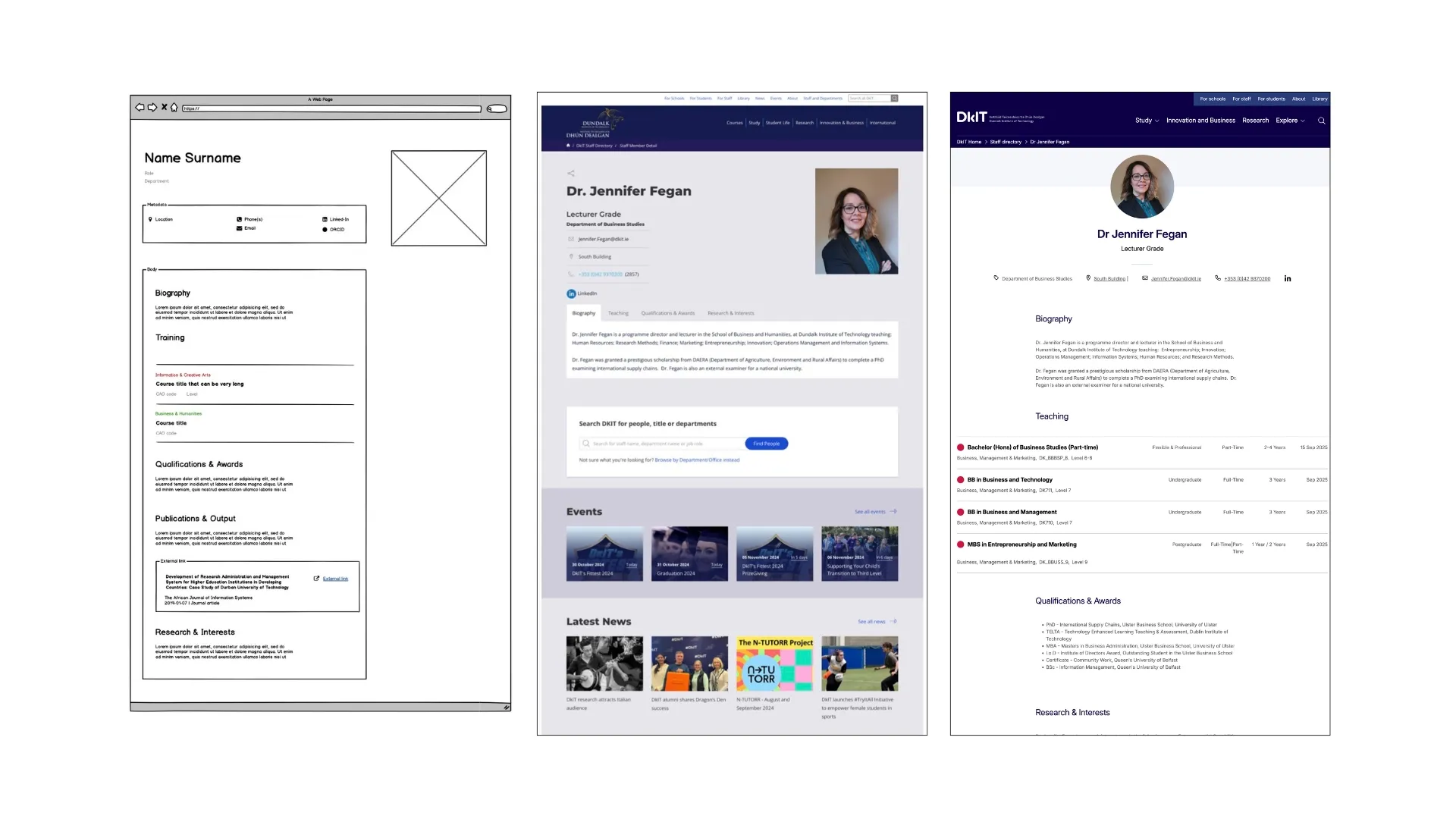
What our clients say
Another strand of this project was to bring together DkIT's website infrastructure into one secure, robust, and reliable platform and Annertech displayed a deep understand of the Drupal platform, ensuring a straightforward migration of over 13,000 pages and documents to the new centralised Drupal platform.
Create once, use many times
The nature of DkIT’s content ecosystem is that some content benefits greatly from being created once, and dynamically disseminated across areas of the website where it is most relevant.
Examples of where this is particularly useful include News, Events, Courses and even Staff Members.
To allow for this, custom embedded listings are in use to allow a truly flexible solution for adding dynamic listings of courses, events, news, people and others to pages.
These dynamic embedded listings leverage the existing listing pages to allow for custom lists of content using already existing search criteria.
An example of this might be to list all of the courses which are starting in September 2025, or all of the staff in the School of Engineering, which can be done without need for developer input.
Subsites
Many research departments had developed their own websites, many of which looked and functioned differently to the main website.
There was a need to incorporate these satellite sites under the institute umbrella. These sites needed to be consistent with the institute’s branding and architecture, while allowing for flexibility to differentiate themselves visually.
To facilitate this, we incorporated a custom subsite solution, which allows research groups and others to create and manage a section of the site with a combination of customisations like their own logo, menu, colour theme and editors.
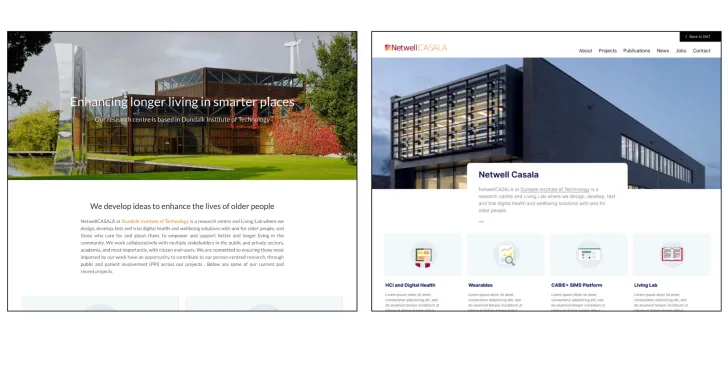
The Netwell Casala website perfectly illustrates the subsites solution. Netwell Casala is a DkIT research centre, and used to have its own, standalone website. The new subsite would be part of the main DkIT website, and have some DkIT branding and links to the main site, but also have the Netwell Casala branding and colours.
Impact
The new website may house a lot of information but it performs optimally, scoring a Grade A on GTmetrix and 97% for performance.
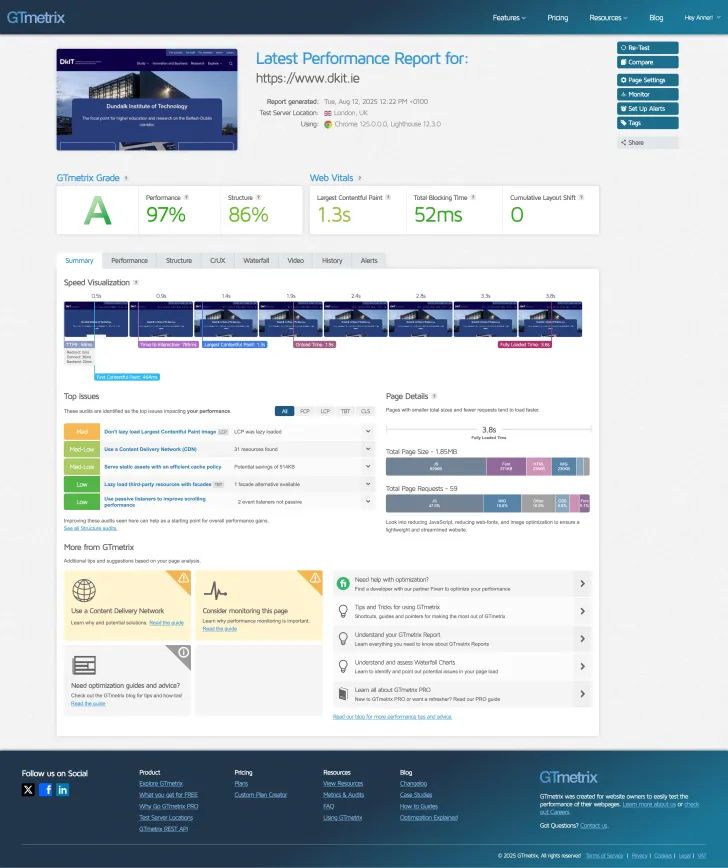
Although it is a very new website, initial analytics show that it is enjoying favourable engagement from its users.
There has been a 17.3% increase in homepage views compared with the same period last year (August vs August). And in the same period, user engagement is up 42.6%.
What our clients say
Since launching we've received lots of positive feedback from a wide range of stakeholders and having already seen an increase in user engagement. We’re excited to continue to work with Annertech to evolve and build upon this into the future.
Conclusion
The new DkIT website is a foundation for the future. By unifying systems, enabling dynamic content and giving departments the tools to grow within a cohesive digital ecosystem, DkIT now has a platform that can evolve with its students, staff and partners.
This transformation ensures the institute’s digital presence will remain as innovative, accessible and forward-thinking as the education it delivers.
Inspired by DkIT’s digital transformation?
Let’s create your success story next, with websites that are sleek, scalable, and built for the future.
